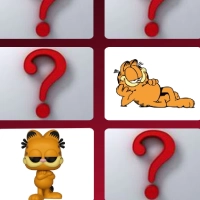

عربي
Azərbaycan
Беларускі
Български
বাংলা
Čeština
Dansk
Deutsch
Ελληνικά
English
Español
Eesti Keel
فارسی
Suomalainen
Français
ગુજરાતી
नहीं
Hrvatski
Magyar
Հայերեն
Bahasa Indonesia
Italiano
日本語
ქართული
Қазақ
ខ្មែរ
ಕನ್ನಡ
한국인
ແຮງງານ
Монгол
Nederlands
Polski
Português
Română
Русский
Shqiptare
ไทย
Türk
Українська
O'zbek
Tiếng Việt
简体中文
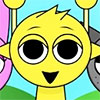
Sprunki Oyunlar

Örümcek Adam Oyunları

Konuşan Tom Oyunları

Minecraft Oyunları

Metro Sörfçü Oyunları

Teen Titans Go Oyunları
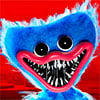
Haşhaş Oyun Zamanı Oyunları

Pençe Dört Oyunu
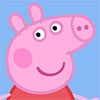
Peppa Domuz Oyunları

Ben10 Oyunları

Dondurulmuş Oyunlar

Ses Oyunları

Pokemon Oyunları

Kalamar Oyunu Oyunları

Wednesday Oyunlar

Roblox Oyunları

Aramızda Oyunlar
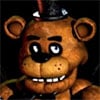
Freddy De Beş Gece

Ladybug Oyunları

Batman Oyunları
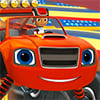
Blaze Ve Canavar Makineleri Oyunları

Mario Oyunları

Geometri Dash Oyunları

Kızgın Kuşlar Oyunları

Sünger Bob Oyunları

Kırmızı Top Oyunları
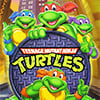
Ninja Kaplumbağalar Oyunları
2 Kişilik Oyunlar
3D Oyunlar
Aksiyon Oyunları
Macera Oyunları
Atari Oyunları
Beyin Oyunları
Araba Oyunları
Sıradan Oyunlar
Doktor Oyunları
Giydirme Oyunları
Araba Sürme Oyunları
Dövüş Oyunları
Saç Oyunları
Çok Oyunculu Oyunlar
Platform Oyunları
Yapboz Oyunları
Yarış Oyunları
Koşu Oyunları
Atış Oyunları
Yetenek Oyunları
Spor Oyunları
Strateji Oyunları
Kule Savunma Oyunları
Birlik 3D Oyunlar
Zombi Oyunları
Yeni Oyun Sürümü
Yeni oyunlar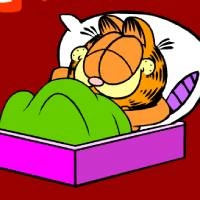
Garfield Çizgi Roman Yaratıcısı
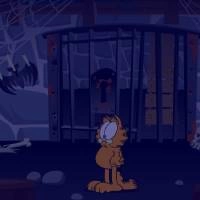
Garfield Korkunç Çöpçü Avı 2

Garfield - Cennetten Gelen Lazanya

Garfield English Sight Word

Garfield Hafıza Süresi
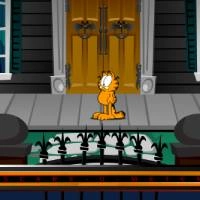
Garfield Korkunç Çöpçü

Garfield Farkı Bulun
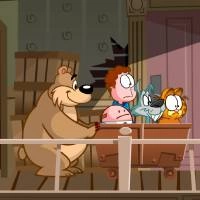
Hotel Muncie'den Garfield Kaçış
Reklamcılık

Garfield Noktaları Birleştir
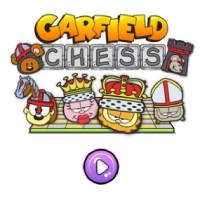
Garfield Satrancı

Garfield Noel Karıştır Ve Eşleştir
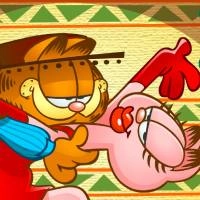
Garfield Tango Atışı

Garfield Yapboz
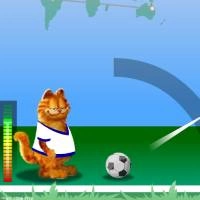
Garfield 2

Garfield Yılanları Ve Merdivenleri
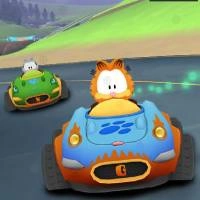
Garfield Gizli Araba Lastikleri

Garfield Daması

İnanılmaz Garfield
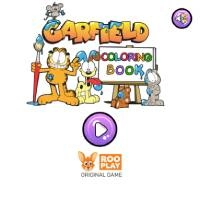
Garfield Boyama Kitabı
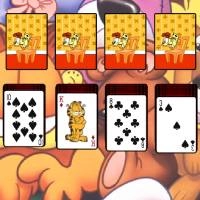
Garfield Solitaire
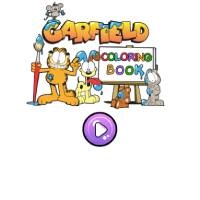
Garfield Boyama Sayfası
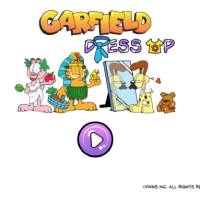
Garfield Giydirme
Reklamcılık

İstatistik
13691 Oyunlar
23994 Kullanıcılar
11196 Yorumlar
113 Verilen Ödüller
© 2026 | NAJOX.com - Ücretsiz Çevrimiçi Oyunlar